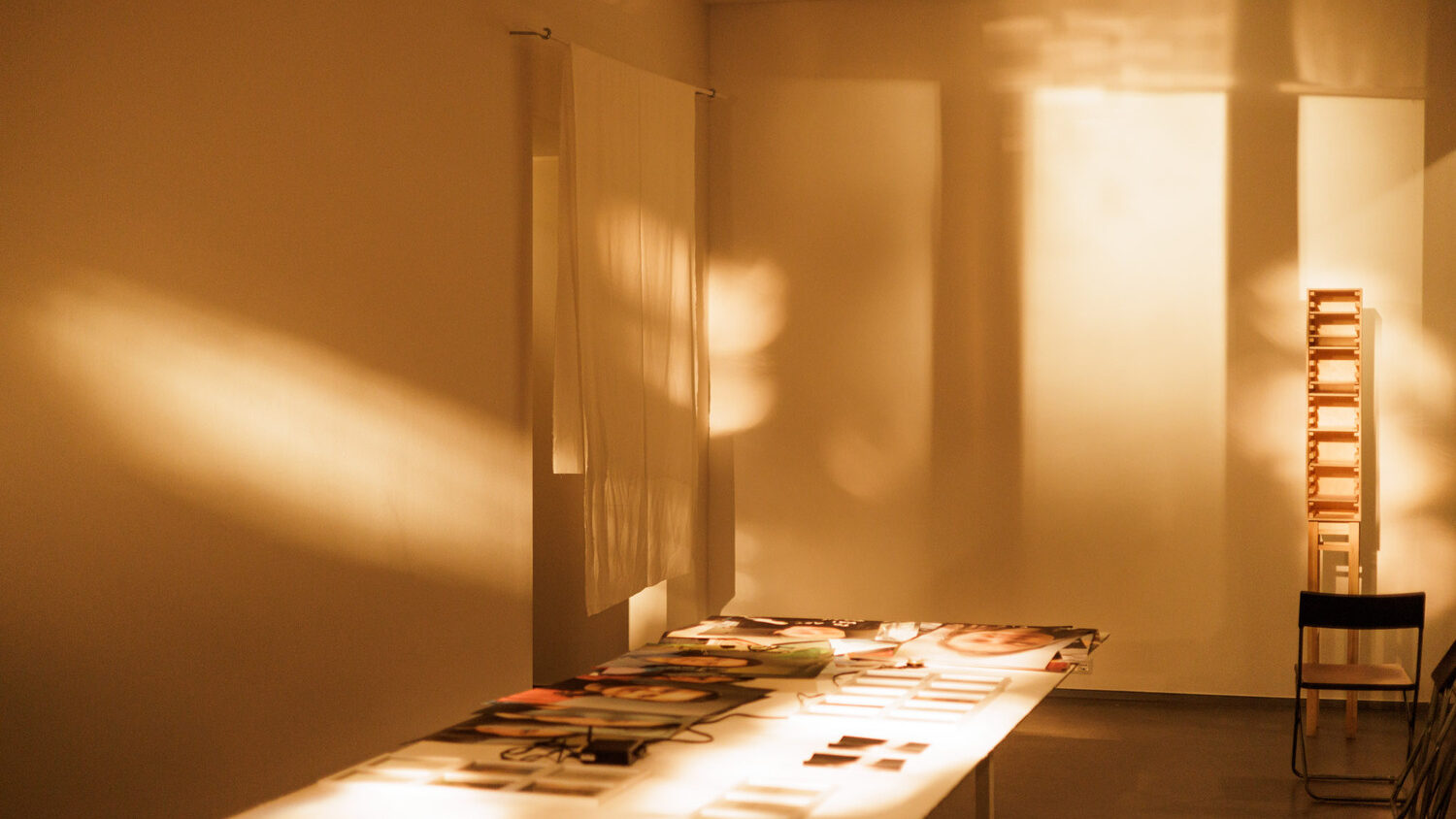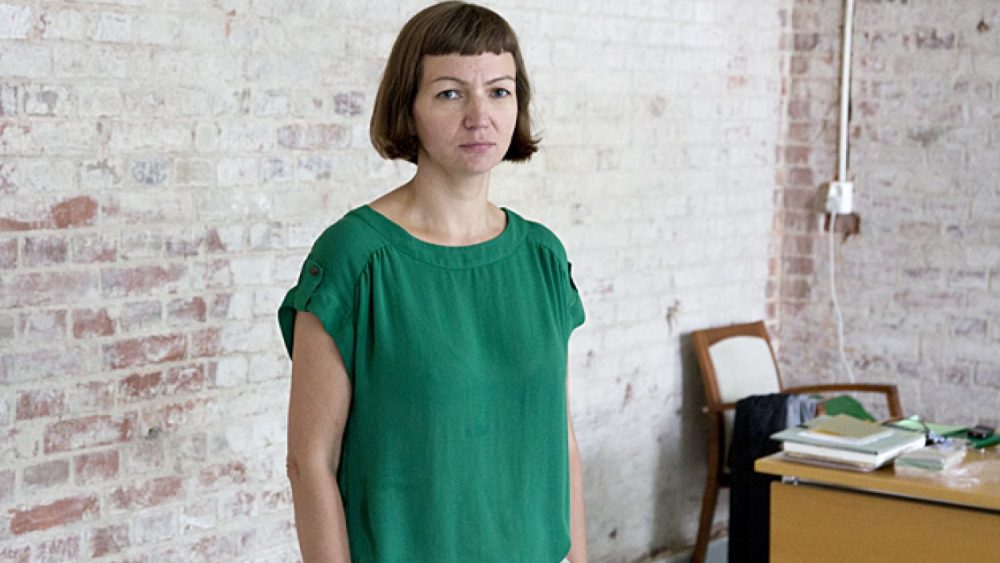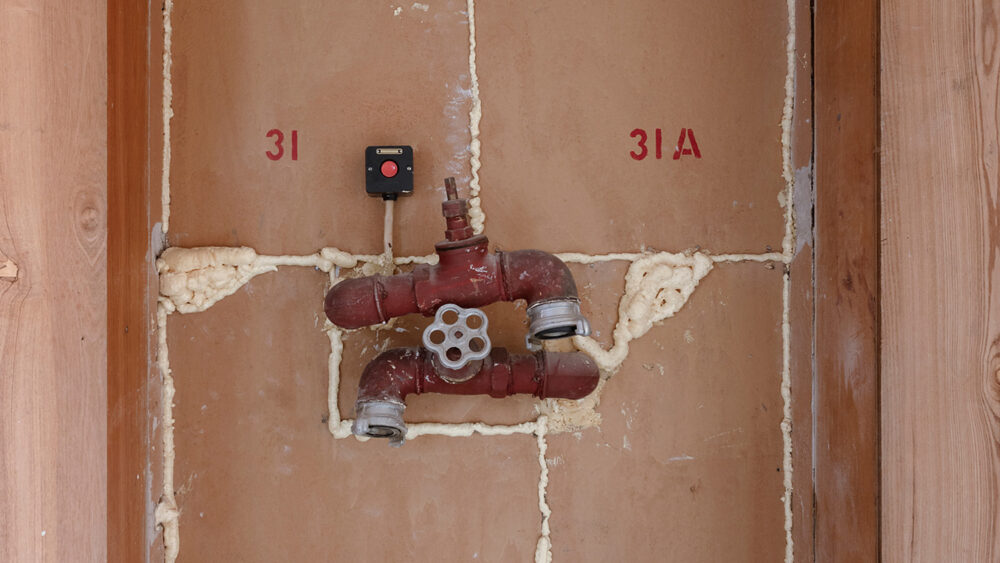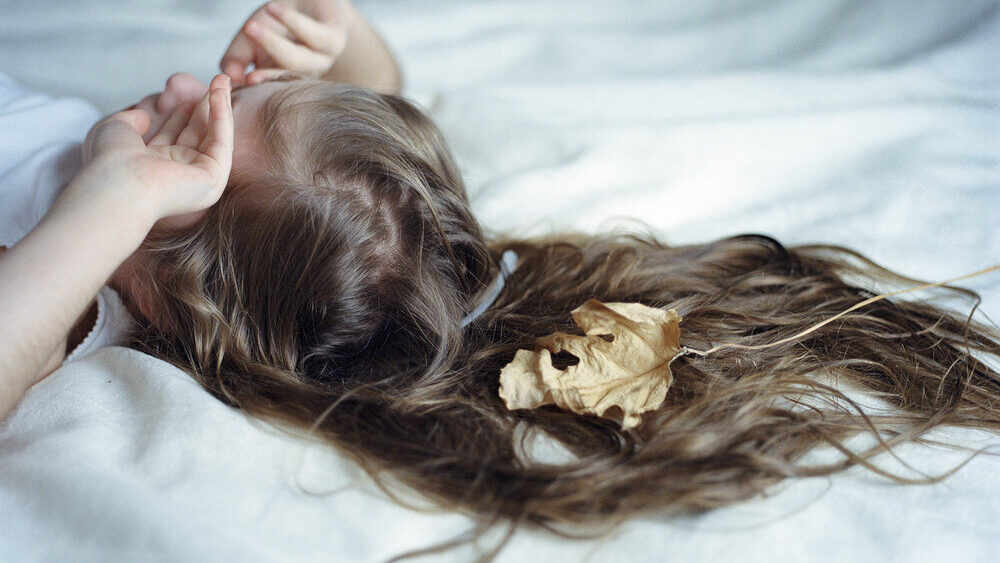Spring Photography News in the Baltics
ESTONIA
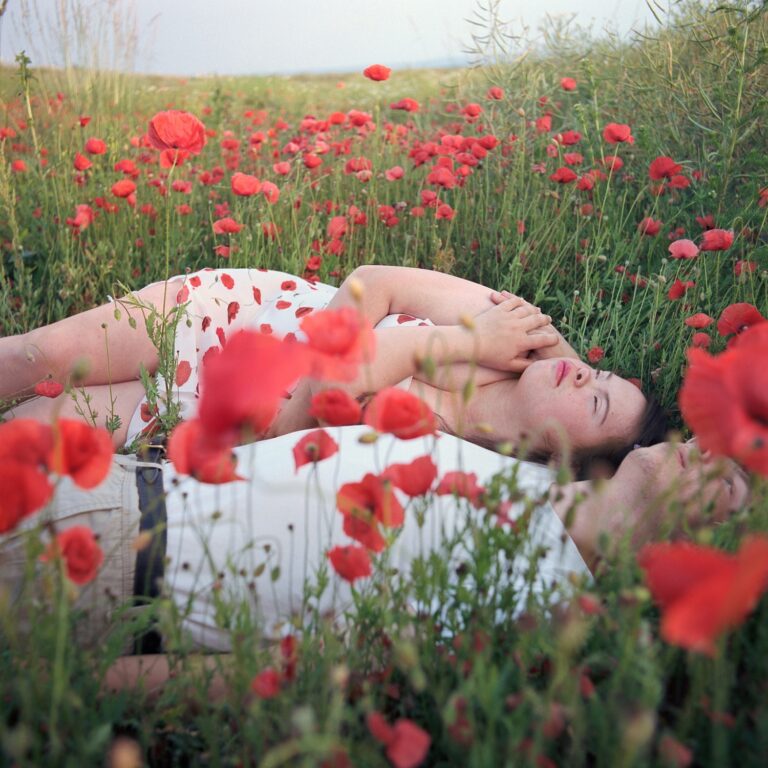
03.03.2023 – 03.09.2023, Fotografiska Tallinn
Through mesmerising portraits, the exhibition tells the story of Sofie’s coming of age, living with her family in a secluded 16th-century picturesque mansion in the small village of Eilenstedt in Germany. The photographs focus on her daily life there and the ups and downs of teenage years – first love, first heartache.
Sofie was born in her home on Christmas Eve 1998. Three weeks later, at a routine doctor’s appointment, her mother, Barbara, was told that her daughter had Down’s syndrome. With this exhibition, Snezhana von Büdingen-Dyba wants to show the beauty and complexity of ‘the unusual’ and thereby contribute to deeper social acceptance and inclusiveness. The exhibition gives the viewer the opportunity to participate in ‘Sofie’s world’ through the lens of the artist. Snezhana keeps in touch with Sofie to this day and their collaboration continues.
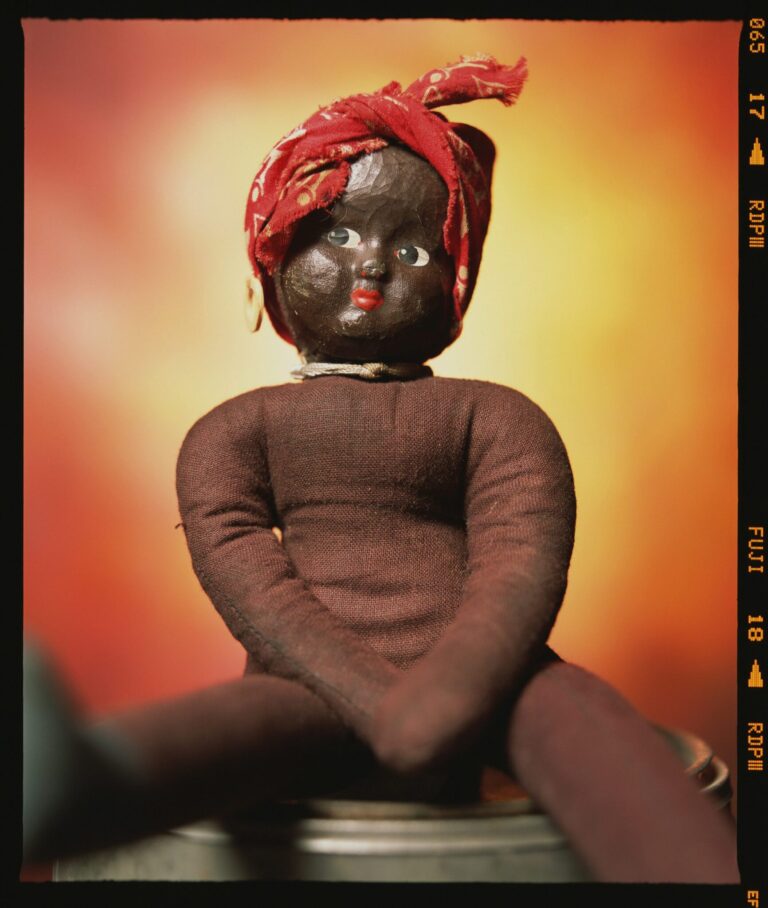
20.01.2023 – 14.05.2023, Fotografiska Tallinn
Through his work, Andres Serrano confronts the racist history of the United States. In 2019, the artist discovered that the objects that normalise blackface culture live a life of their own on eBay. He began buying and photographing these objects to remind people of how racism has been and continues to be in various forms.
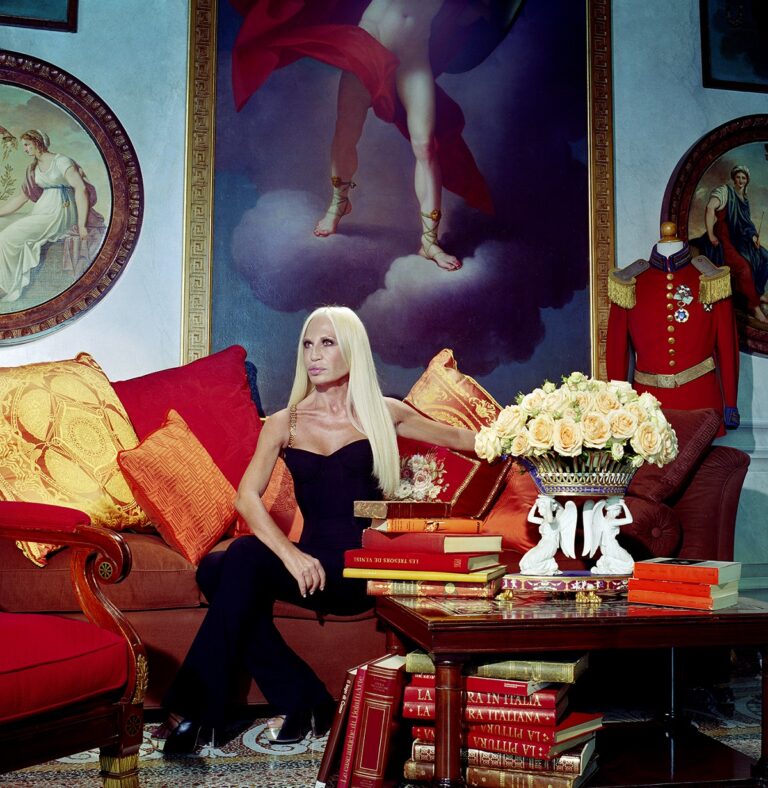
14.04.2023 -29.10.2023, Fotografiska Tallinn
A recurring theme in Miles Aldridge’s work is the false promise of luxury. His photographs depict psychedelic interiors furnished with the seemingly trapped comforts of mid-century American suburbia: shiny kitchen appliances, candy-coloured telephones and well-groomed pets – all with the aim of expressing personal success. His photographs of homelike environments are often underlined with a bittersweetness which is a personal reflection of Aldridge’s childhood memories of his mother after a devastating divorce.
Aldridge’s work interweaves historical motifs with contemporary ones and subtly references art historical canons. He rarely allows the real world to intrude into the imaginary – through his lens, even reality appears artificial.
The exhibition is a major retrospective of the British artist and photographer’s work, including more than 50 works shot on film and portraits of celebrities such as Sophie Turner, Viola Davis, Michael Fassbender and Donatella Versace.

09.02.2023 – 21.05.2023, Museum of Photography in Tallinn
Toomas Kalve’s retrospective exhibition features all of his works to date, starting from his experiments as a schoolboy to his most significant series including The Life of Dead Birds, Back in Paris, Views of Supilinn, Tartu Botanical Garden and Toomemägi, Anatomikum 91, Kalvetarium, Coloured Nature, and others.
The birth of an image is inexplicable, internal, and spontaneous. Toomas Kalve describes the state from which creation begins as intuitive cognition. He does not analyze his works in typical terms that unravel the concepts of contemporary art projects, such as narrative and discourse. The tangle of complicated words annoys him, visibly raising his blood pressure, but does not make him angry. These concepts are not solely within his domain, as the aesthetics of light and shadow, along with all the possibilities of photographic expression that pass between them, make the viewer feel and react, each in their own way.
LITHUANIA
16.02.2023 – 14.05.2023, Vilnius Photography museum
The Šiauliai Album exhibition is an attempt to re-evaluate the identity of the city by summarizing the insights of past generations, modern researchers, and the collections of exhibits at the Šiauliai Aušras Museum dedicated to the theme of the city.
This exhibition occupies the exhibition spaces of seven departments of the Aušra Museum and is like an album of the city’s symbols and relics, reflecting moments of the city’s history and creating a picture of its identity. The passage of time changes the face of the city, and new features appear while old ones disappear, but the essence of the city, its spirit, remains. It is the spirit that shapes the city’s consciousness and traditions, and sometimes manifests in unexpected forms and signs. The exhibition aims to reveal this timeless core of the city, find evidence of its existence, and show how it determines the fate of the city and its inhabitants.

2023.03.22 – 2023.04.15, Vilnius Photography Gallery
The exhibition showcases the latest series of photographs by Artūras Šeštokas, titled Portrait No. 21, which he began in 2018. The photographs are created using the archaic wet collodion method, specifically, the ambrotypes.
Invented by Englishman Frederick Scott Archer in the second half of the 19th century, the wet collodion method of photography emerged as a natural stage in the development of photographic techniques. Nowadays, it is a means of photographic expression and a choice for the author. Portrait No. 21 is an ongoing long-term creative project aimed at creating images of our time and local people, presented in the context of contemporary art. The revival of an old photographic technique is presented as a specific “aesthetics of eternity”.

2023.03.15 – 2023.04.15, Prospekto Gallery, Vilnius
Photography enables us to capture a clear, realistic, and understandable image of reality created by light. However, it also evokes subjective and often difficult-to-describe memories of the photographer or the custodian of the photograph. Even in a clear photographic print, personal memory exists as an undeveloped negative – an invisible dimension of photography that can only be given content and meaning by projecting the viewer’s or the photographer’s experience onto the image.
Alexander Ostashenkov’s photographs are also inspired by his personal memories, but the direct, documentary link between the captured places or objects and the events of his life is irrelevant. The viewer’s personal experience of the images is even less likely to be connected to the reality of the images. It is precisely when the ties of personal memories between the photographs and their author or viewer are broken that the extraordinary relationship between memory and photography is revealed. In many of Ostashenkov’s works, memory is sensitised by a void, a lack, an absence that photography seems unable to capture and show. Ephemeral images, such as running water, mist over an empty field, or light streaming into abandoned rooms, lack an event or a narrative. But precisely because of this, they are open to the projection of the viewer’s subjective experiences, unhindered by the documentary content of the image.

22.03.2023 – 11.05.2023, Martynas Mažvydas National Library of Lithuania
“A metaphysics of the frame born at the intersection of truth and beauty” is a quote from film director Giedrė Beinoriūtė’s conversation with Audrius Stonis about Kemežys’ unadorned sense of harmony between reality and the beauty of the moment in her book Cinematographer Audrius Kemežys. A Moment to Adjust Colours.
This description is also fitting for the photographs in the exhibition – Kemežys’ early attempts from 1985, when he started attending the photography club at the Birštonas Culture Centre, during the first years of Lithuanian independence, when he worked as a photographer at the Centre for Contemporary Art, and until around 1998, when he graduated from the Film and Television Department of the Lithuanian Academy of Music and Theatre, where he studied cinematography. Kemežys is considered one of the most unique cinematographers of his generation and a filmmaker of enormous creative potential, who has impressively conveyed a sense of universality in his cinematography.
The works selected for the exhibition, which stand out for their conceptual experiments, vividly convey the beginnings of the artist’s creative style – a particular attention to light, subtlety and attentiveness to the most delicate moments of everyday life – which we can recognise in the experimental video art, documentaries and feature films that have preserved his later work as a cinematographer.
LATVIA

10.02.2023. – 7.05.2023, Latvian Museum of Photography
Dorothy Bohm (born an Israelite in 1924) spent her childhood in Lithuania, now Klaipėda. In 1939, when the military forces of Nazi Germany took over the Klaipėda region, Dorothy was forced to emigrate to England shortly before her fifteenth birthday. After attending a photography course in Manchester, Dorothy opened a portrait photography salon in the early 1940s. Having worked successfully in the commercial portrait genre early in her career, Dorothy also developed her skills in documentary photography, delving particularly into the artistic solutions of the street photography genre. The most striking examples of Dorothy Bom’s black and white photographic practice date back to the period from the 1940s to the 1970s. The documentary enterprises reveal the dynamics of the human environment and the rapidly changing world, accentuated by the artist’s deeply human and aesthetically refined vision. In the 1980s, the photographer turned to still-life studies in colour photography, making particularly creative use of the Polaroid camera and the tonal aesthetics of this technology. The retrospective not only illustrates the transformative phases of Dorothy Bohm’s creative biography and the evolution of her artistic explorations, but also reflects an important history of the development of the photographic medium in the 20th and 21st centuries.
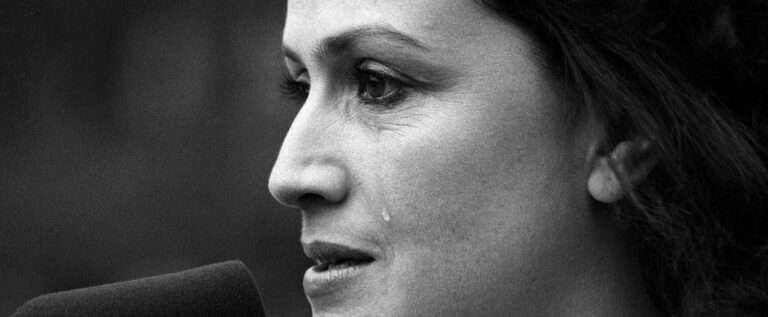
30.03.2023 – 30.06.2023, Ola Foundation, Riga
The portraits of Latvian cultural figures, which are featured in the exhibition and taken by photographer Uldis Briedis, were created to serve as photographic records of the signs, events, and spirit of their time. They possess both a timeless and documentary quality. These individuals’ faces, captured in a range of life’s various moments, allow the viewer to encounter the essence of creativity – the feeling of inner freedom. Despite the external constraints of time, this inner freedom is continually linked to the source and truth. Creativity is an expression of inner freedom that cannot be silenced or concealed. It emerges like a nugget, even when it appears only in the subtext. It is the freedom to exist and speak in the universal language of signs, symbols, tonalities, brushstrokes, polypoints, and sounds.
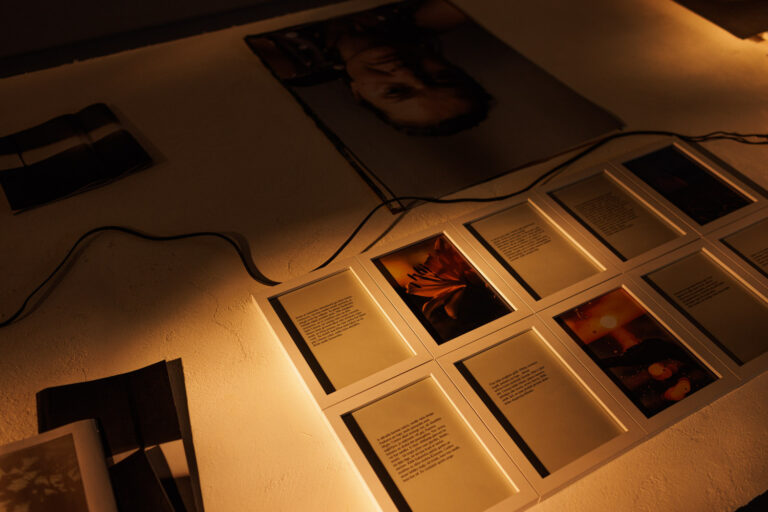
25.03.2023 – 04.05.2023, ISSP Gallery, Riga
The exhibition by contemporary theatre director Elīna Cērpa is dedicated to photography as a tool for self-discovery and acceptance, and it explores the deeply personal reasons behind the obsessive creation of certain images.
Elīna Cērpa’s visual art project Sensitive Surface is based on a documentary theatre performance and photo installation of the same name: “This work was created in 2011 in the Netherlands, when I repeated the same activity almost every day for more than a year – I took self-portraits. When I told some friends about this passion, they saw it as a selfish, self-gratifying process. I wanted to understand why I was doing what I was doing. I knew it was much more than just looking at my face. What drives us to photograph what we photograph? This question prompted me to look for other people who have a long-standing interest in a particular subject”.

03.03.2023 – 21.05.2023, Daugavpils Mark Rothko Art Centre
Before his emergence as a photo artist, Ralph Kerle had been involved in fine art in Australia since the 1970s. He came to prominence in Australia in the early 1980s as an arts pioneer in multi-media performance whilst he was Associate Director of Sydney Theatre Company. In the early 2000s, he began designing and delivering creativity workshops worldwide.
The series in this exhibition represents a return to and re-interpretation of his early multi-media work in a domain that has now metamorphosed into photographic art. His focus is on capturing images created by and in nature and conceptualizing those images into fine art abstract photographic artworks. It is through his past creative experiences Kerle has developed this unique visual style – “his aesthetic eye.”
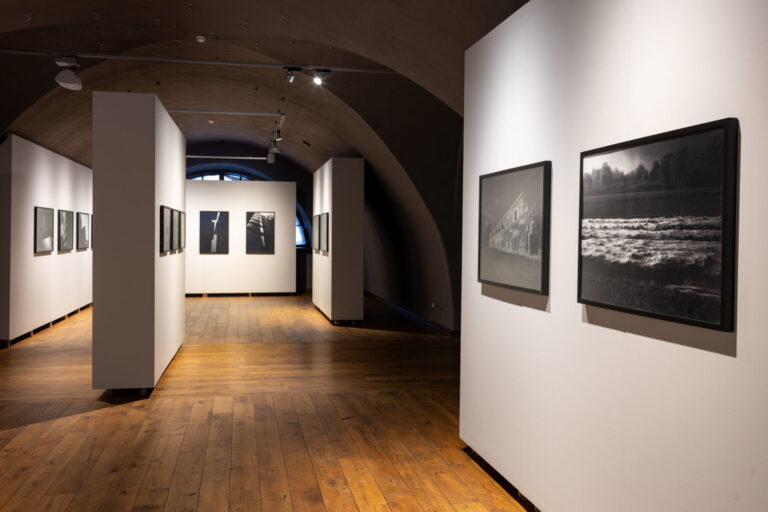
03.03.2023 – 21.05.2023, Daugavpils Mark Rothko Art Centre
Ouriel Morgensztern’s photography is heavily rooted in abstraction, with a strong fascination for architecture. This exhibition at the Daugavpils Mark Rothko Art Centre is the result of the encounter between and with Mark Rothko and Pierre Soulages. From New York to the Chapel in Houston (Rothko), to Rodez and the Abbey in Conques (Soulages), and through photos of more personal places in Los Angeles, Tel-Aviv, the French countryside – where Morgensztern is from – and Daugavpils, it emerges a force nourished by the power of the image in its raw state, where the work of Ouriel Morgensztern becomes the link between these two great contemporary artists.
Morgensztern first encountered Mark Rothko’s impressive output while living in New York City and discovered Pierre Soulages’ extraordinary body of work when he visited the museum dedicated to his oeuvre in Rodez, France.
He developed a particular and personal connection to both artists in his own creativity and remains deeply fascinated by their use of light, the profound properties of black as a reflective colour, Mark Rothko’s Black on Grey paintings from his later creative period and, obviously, the most emblematic pieces by Pierre Soulage (such as L’Outre Noir).
